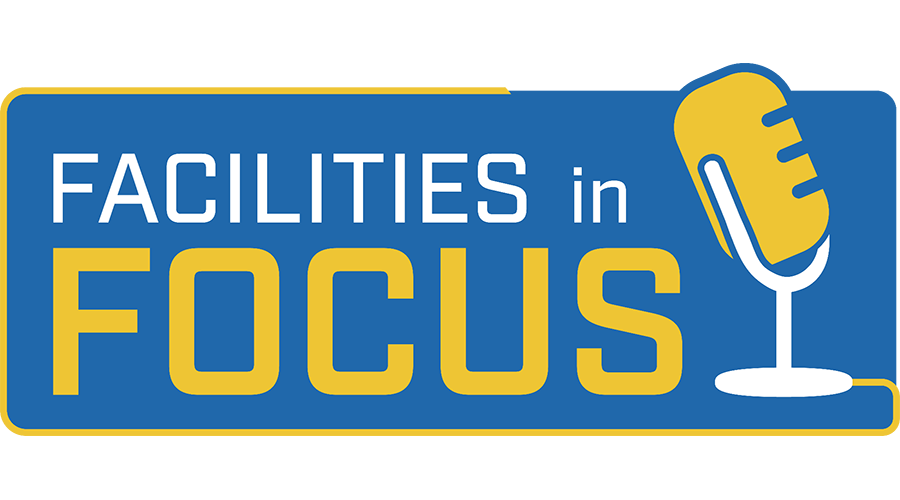Measuring Water Use and Establishing a Water-use Baseline
What tips do you have for facility managers on performing a water audit to establish a baseline and then measuring water on an ongoing basis?
If you don't measure it, you can't manage it!
Knowing how, where, and when you use water is the first step in controlling rising water costs. All new green codes contain requirements for submetering of major water using equipment such as cooling towers and irrigation systems.
So how to get started? Here are the seven questions a facility manager or engineer should ask about each and every water use in their facility:
How much?
Where?
When?
How?
Who?
Why?
What other way?
This begins with collecting water use records for the facility, identifying each and every use, walking through the facility to see where each use occurs and questioning staff (the who in the list above) about that use. Once all seven questions have been addressed, a much better picture of water use and the potential to reduce water use will emerge. Identifying equipment malfunctions and leaks that can be fixed as part of regular maintenance, and implementing maintenance and employee operating practices should be done at this point.
Beyond this point, evaluate potential water saving measures, identify rebates and incentives that may apply, determine the return on an investment to retrofit existing water using equipment and fixtures or the cost analysis of selection of new equipment, and determine financing mechanisms to pay for the actions. This is the point where expertise from trade organizations, green codes and rating systems and professionals in the water efficiency business can help. The facility manager may wish to consider contacting a full-service water efficiency company that can help with a detailed audit, selection of the most up-to-date equipment and methods to reduce water use, and a detailed cost/benefit analysis. Such firms can also identify rebates and incentives and help with financing.
Related Topics:














